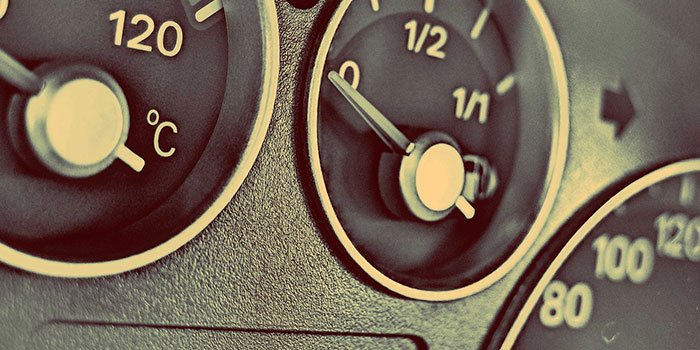
Muscat: Introducing fuel stamps would help people struggling to cope with fuel price hikes, trade unionists and economists say.
The General Federation of Oman Trade Unions, (GFOTU) has urged the government to look into the issue immediately and revise increases, which they say are adversely affecting low income families.
And a Majlis Al Shura meeting will be held tomorrow (Wednesday) to examine how best to lessen the financial impact on low paid workers in the country.
The council will discuss “executable solutions” made by members in relation to fuel pricing for the current month and the resulting “public discontent” as well as the “impact on segments of society”.
“We are getting complaints from workers in all sectors that the fuel price hike is affecting their lives,” said Mohammed Al Farji, a trade unionist with the General Federation of Trade Unions in Oman.
“A rough calculation reveals that almost 60 per cent of workers are earning below OMR400 per month. Out of this, if he is an Omani, he will have to pay OMR25 to social insurance. What else is left then? It is quite hard to survive,” Al Farji, added.
“We have urged the government to intensify the economic diversification plan so that it doesn’t depend on fuel revenue. Personally, I feel that introducing fuel stamps for needy people is a good option,” the trade unionist said, adding that they are waiting for a government response to their appeal.
Recently, members of Oman’s Shura Council called for fuel prices to be fixed annually instead of monthly and to help low income families afford fuel.
A special committee at the Shura Council tasked with addressing economic issues met to discuss a ceiling for fuel prices and the possibility of setting a fixed price for the year.
Mohammad Abu Baker Al Ghassani, member of the Shura Council representing Salalah, said citizens with lower incomes should also be considered when prices are increased.
One leading economist in Oman said that reinstating the subsidy would not be wise because it has negative fiscal implications for the stability of Oman.
“One way of attenuating the impact of higher fuel prices would be to give a means-tested voucher for the purchase of a limited quantity of fuel,” the economist said.
“In other words, very poor families would receive compensation, but in Oman there is no income tax, so it is not known about the income of most individuals. Hence the implementation would be fraught with practical difficulties,” he added.
A fuel station owner said: “Diesel crossing the 200 baisa mark is annoying them a lot,” Rajeev KR, a senior official at Siraj Al Jazeera Projects, which manages at least three dozen fuel stations in Oman, told Times of Oman.
“A price ranging between 175 baisa and 200 baisa will be an affordable one,” he said, adding price hikes have affected revenue and consumption is dropping drastically.
Linking low pay to inflation would also ease the burden on the lowest paid workers in the Sultanate, analysts say, at a time when the government is tightening its belt, removing subsidies and increasing fuel costs.
“Subsidies cannot be brought back at this time, but government can think about issuing fuel stamps for the needy after detailed study and also find a mechanism to adjust their salaries with inflation rates,” Loai B Bataineh, chief investment officer at Ubhar Capital, told Times of Oman.
Mohammed Fahad, an accountant with a design firm in Muscat, said that the diesel price crossing 200 baisa has hit him hard.
“I drive a diesel pick-up vehicle. Before 2016, I never used to bother about filling the tank. In 2016, I became cautious and now I am extra cautious,” Fahad added.
“My salary is OMR425. Due to price increases, my fuel expenses have gone up by around 30 per cent. I have to travel daily from Barka to Ruwi for work. As the price hike is affecting my budget, I have cut down on unnecessary travel and cut down on my luxury expenses too,” he said.
Mohammed is slightly better off than the estimated 60 per cent of Oman’s workforce earning below OMR400 a month, yet still struggling.
A recent deal clinched between Oil Producing and Exporting Countries (Opec) and non-Opec states to cut production until June this year has helped oil prices recover and cross $50 per barrel.
A month before the deal was announced, the World Bank raised its oil price forecast for 2017 to average US$55 next year, US$2 more than its earlier forecast.
With oil above US$55 this year, energy consultancy Wood Mackenzie sees the oil and gas industry turning cash flow positive for the first time since the downturn, and expects 2017 will be a year of “stability and opportunity” for the sector.
On Friday, Oman crude was traded at $55.91 a barrel. In October, 2016, the International Monetary Fund (IMF) reported that Oman’s “break-even” price for a barrel of oil is $73.
Despite the price of a barrel of crude rising to over $50 for the first time since August 2016, the IMF experts reckon another $23 per barrel is required just to balance the country’s books.